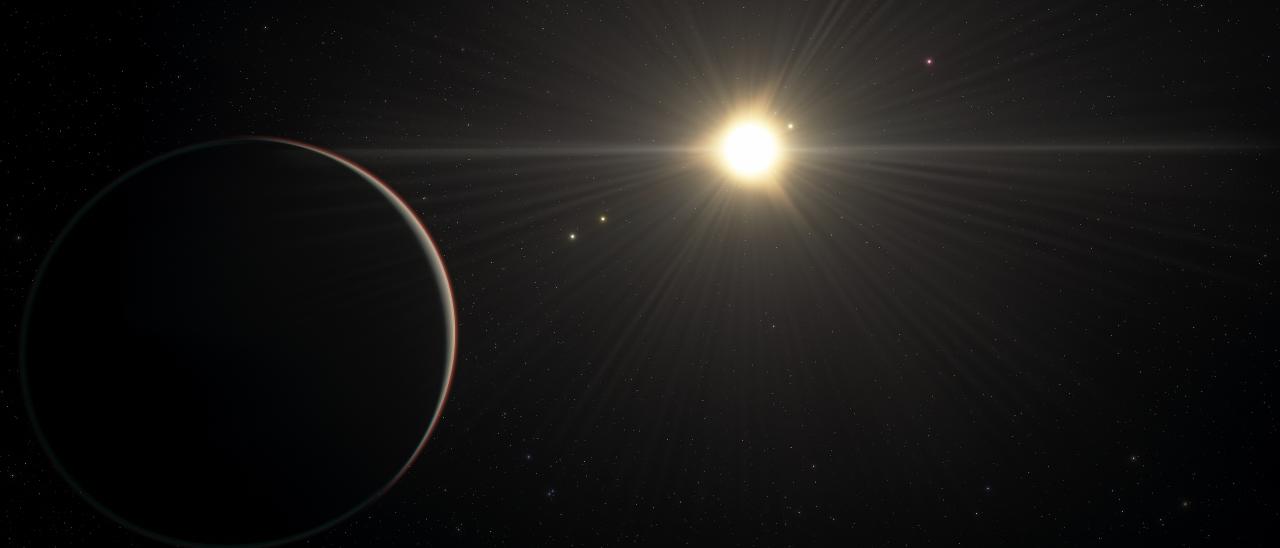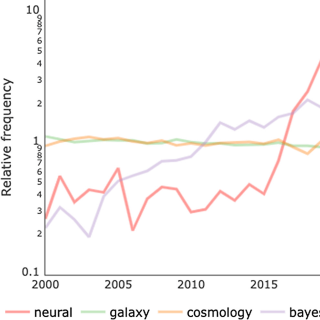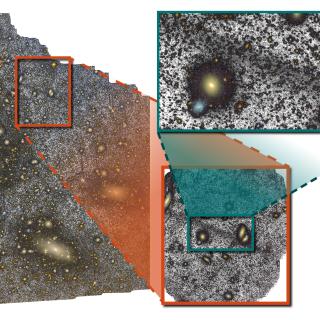
The search for life in the universe has been driven by recent discoveries of planets around other stars (known as exoplanets), becoming one of the most active fields in modern astrophysics. The growing number of new exoplanets discovered in recent years and the recent advance on the study of their atmospheres are not only providing new valuable
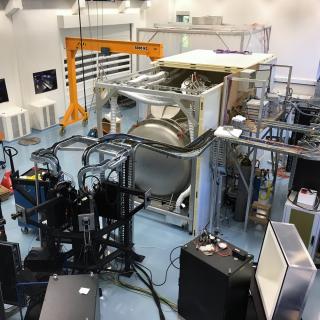
ESPRESSO is a fiber-fed, cross-dispersed, high resolution, Echelle spectrograph which can be operated with one or up to 4 Unit Telescopes (UTs) of ESO’s VLT.
The CoRoT satellite discovers the first Jupiter-like exoplanet, which can be studied in detail when it passes in front of its central star. The CoRoT satellite, operated by the French space agency CNES, has discovered a Jupiter-sized planet orbiting a star similar to the Sun in the constellation Serpens Cauda at a distance of 1.500 light-years from the Earth. The parameters of this gas giant, which has features in common with the majority of exoplanets discovered so far, represents a valuable standard model when it comes to identifying new Jovian-type bodies with moderate temperatures
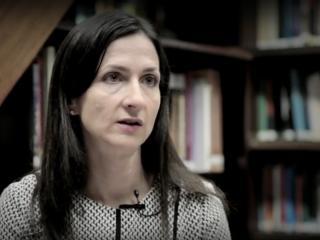
Esta profesora, del Instituto Tecnológico de Massachusetts (MIT), lidera el desarrollo de una nueva generación de telescopios espaciales para la detección de planetas
The IAC (Tenerife) announces ONE postdoctoral contract to work on topics within the project “ Brown dwarfs as exoplanet analogues” (PID2019-109522GB-C53), led by Drs. Nicolas Lodieu and Víctor S. Béjar. Research topics at the IAC include most areas of astrophysics: solar physics, planetary systems, stellar and interstellar physics, galactic
